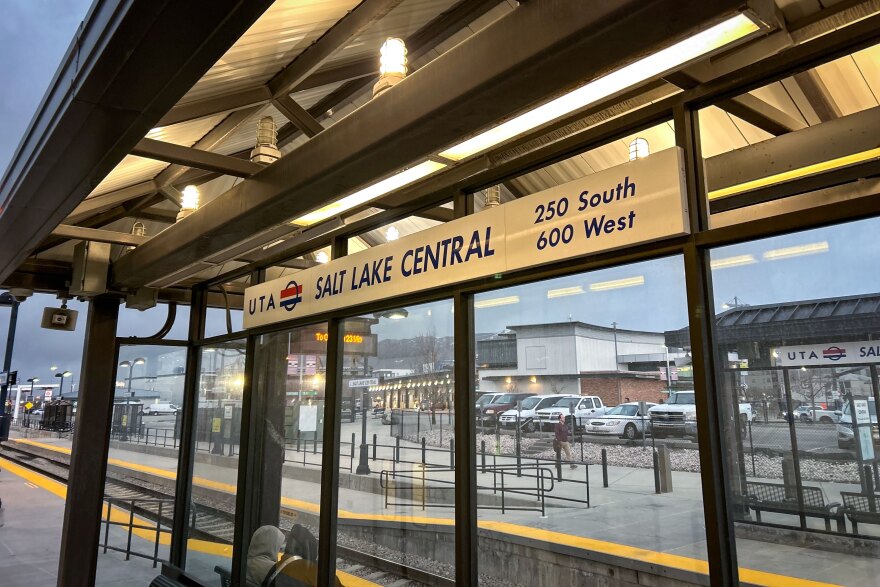Housing and Transit Reinvestment Zones allow local governments to use a portion of local tax revenue to help support the costs of development near transit stations.
The tool has been available to Utah counties and municipalities since 2021 after the Legislature passed the Housing and Transit Reinvestment Zone Act.
The idea is pretty simple. Areas that already have a transit hub, like a train or light rail station, are often in higher-density areas to begin with. Advocates say focusing new development near already-existing infrastructure puts less pressure on other city services.
“An HTRZ recognizes that the area around transit stations is a terrific area to absorb some of the growth that we have coming in Utah,” said Wasatch Front Regional Council Executive Director Andrew Gruber. “If there are more houses built in areas that aren't well-served by transit, then that's going to put a lot more pressure on the city to build more roads and to build more utilities to support new housing.”
The funding mechanism used to pay for these projects is called tax increment financing. It allows local governments to put down money for projects up front and pay them off using future anticipated tax revenues.
Money raised for HTRZs can only be used within the zone, or on projects that will directly benefit the area – including income-targeted housing and parking infrastructure.
According to Gruber, the pitfalls of implementation are minimal. A proposed zone needs to not only be approved by a local government but also needs approval from the Governor’s Office of Economic Opportunity.
“This is only going to happen in areas where it really makes sense and it's been carefully vetted by a lot of stakeholders,” he said.
One Utah city that has an approved zone is Vineyard in Utah County. It’s using it to develop around the city’s FrontRunner train station.
City officials wanted a creative way to address the growing number of people who call the area home and saw this as the right tool.
“The more that we can encourage growth close to transit, it's a benefit to everybody,” said City Manager Ezra Nair. “We might as well encourage [people moving to Utah] to use transit. [We should] build in a way that they can use transit so that people that are driving on the roads, we don't have to see that traffic just doubling, tripling on the roads as the state continues to have this push for growth.”
Nair said Vineyard’s approval process took about eight months to complete.
But it won’t work in every community. A proposed development near transit in Kimball Junction has faced intense pushback over concerns about overcrowding.
“Will the proposed [developments] cause harm? Will they solve problems?” County Council Chair Roger Armstrong asked at a March 1 public hearing. “That's primarily what we've been focused on as we've gone through this process.”
The Summit County Council is expected to vote on the Kimball Junction development at a meeting on March 15.





